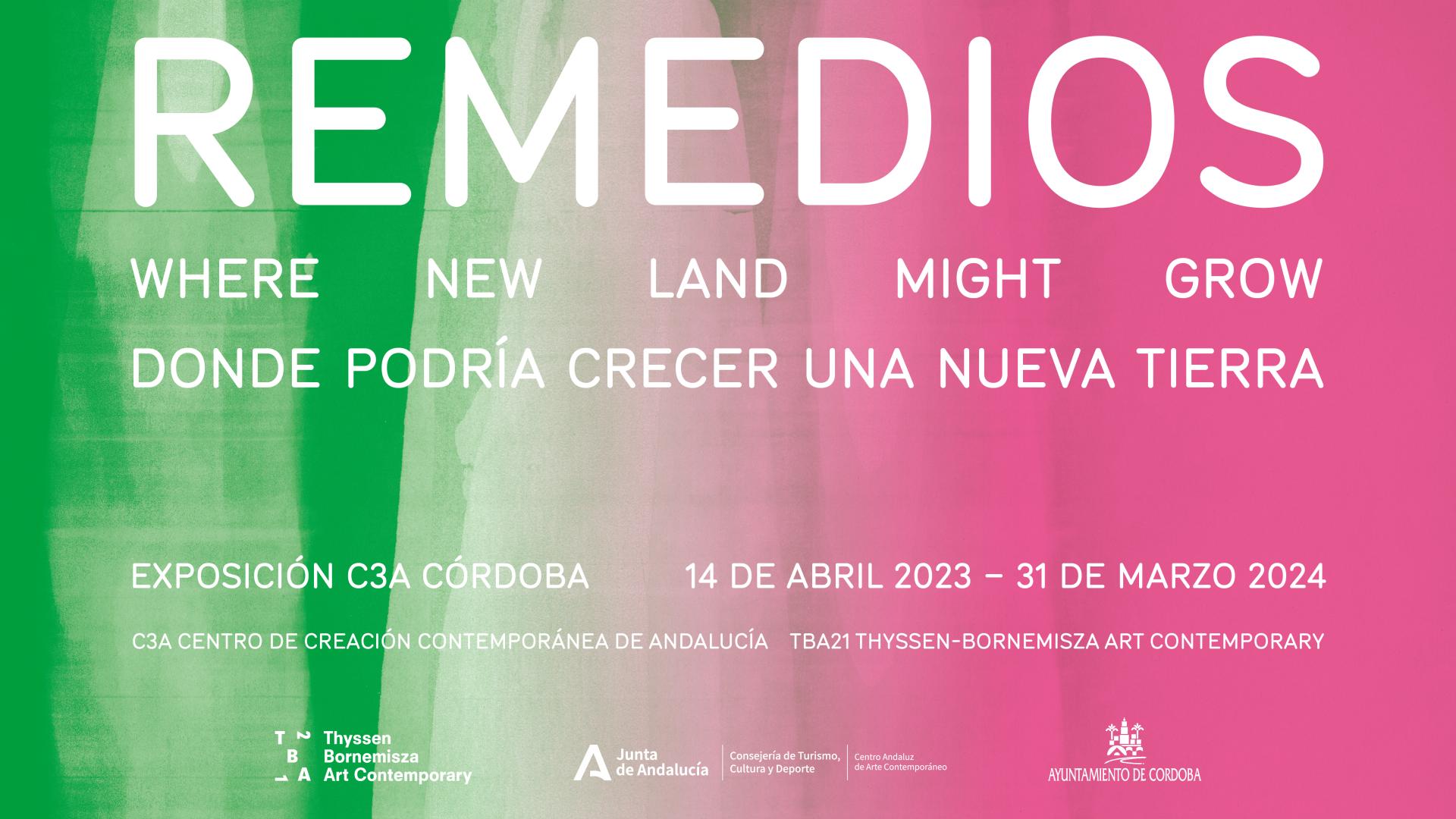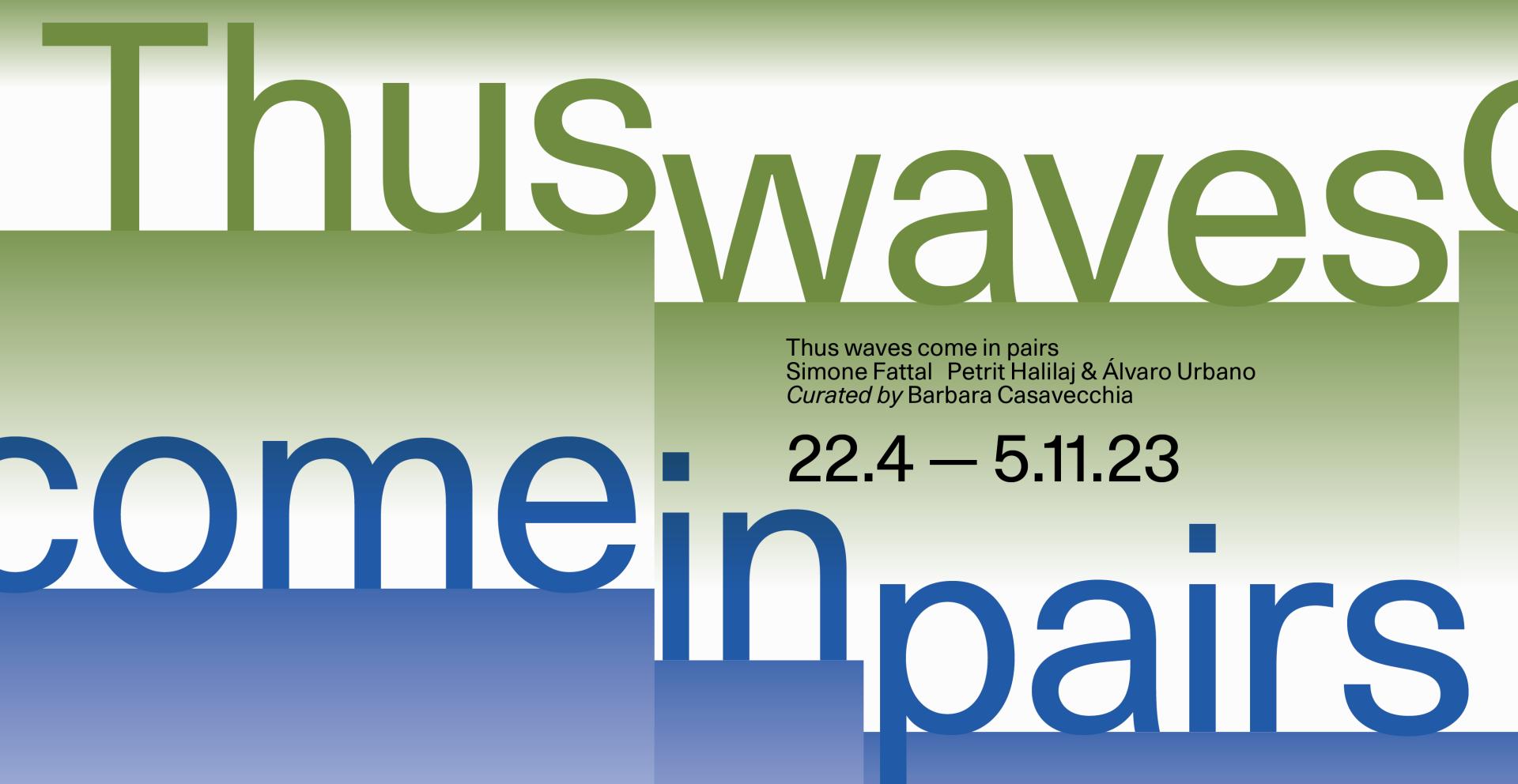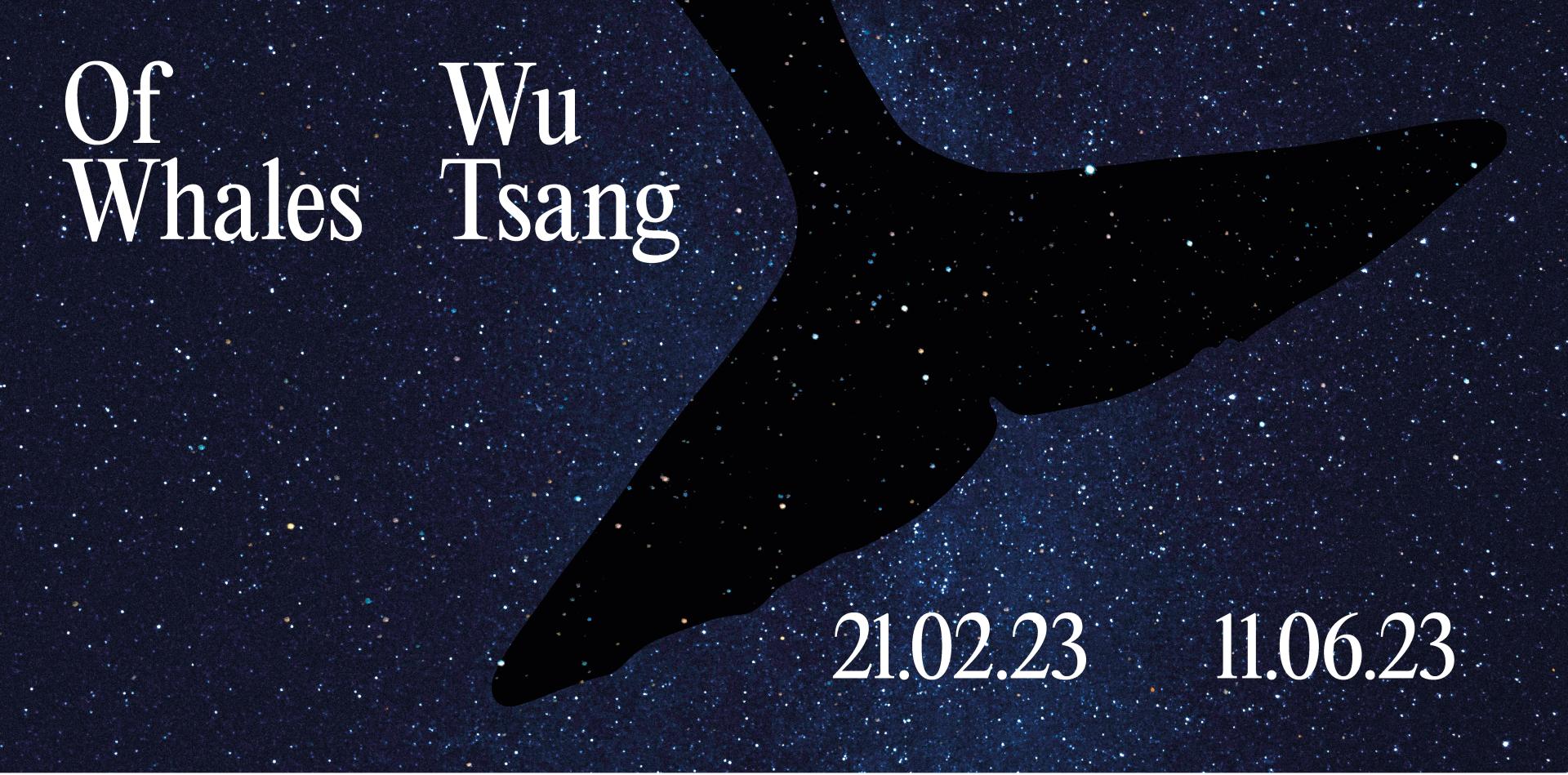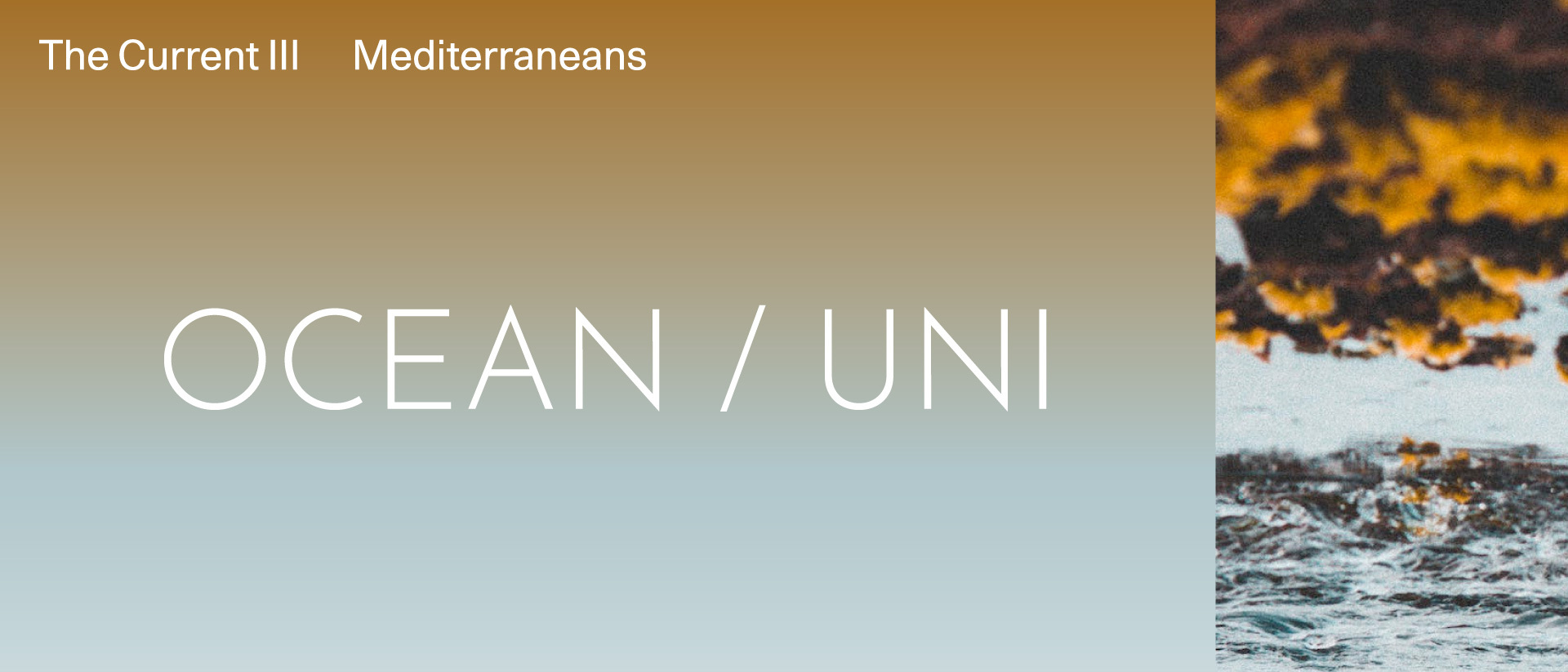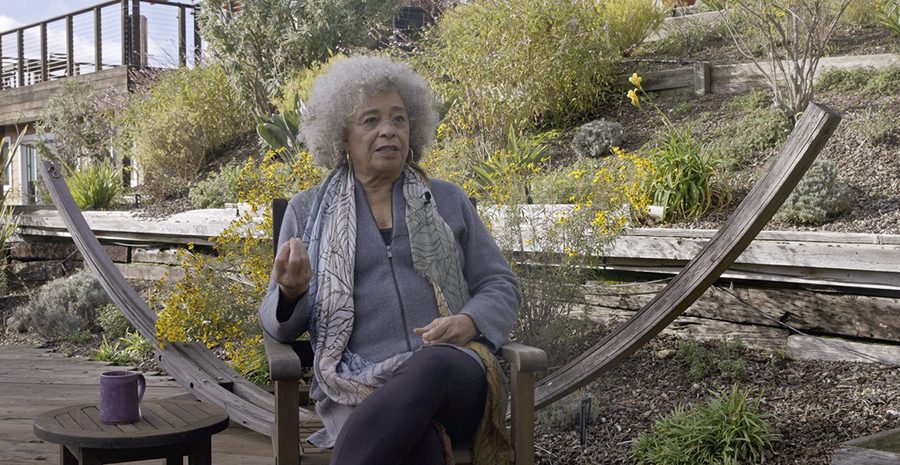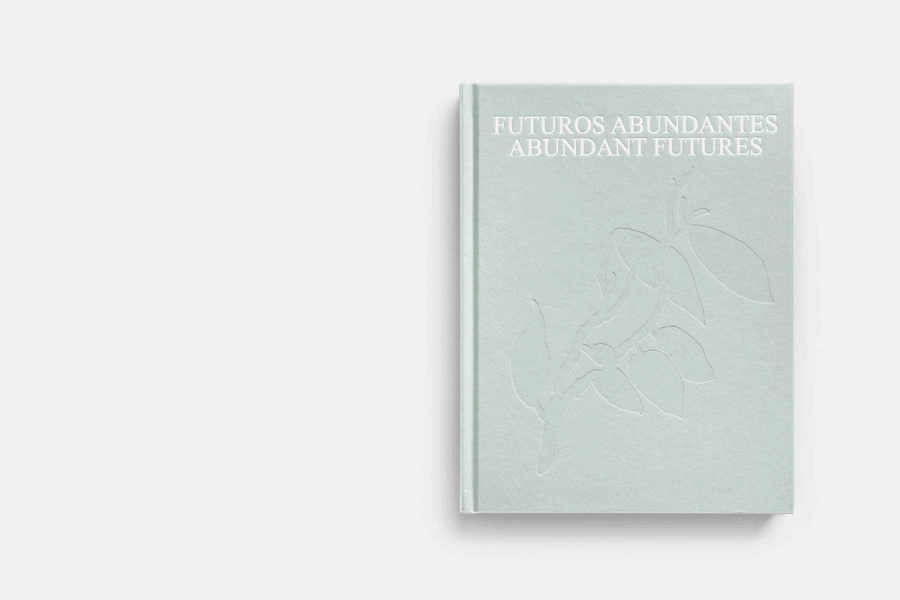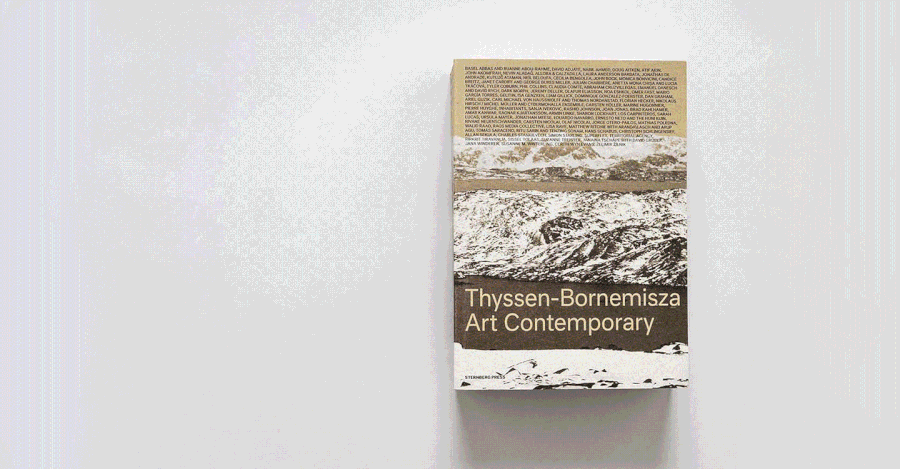A Night of Prophecy, 2002
Amar Kanwar

Still: Courtesy the artist

Still: Courtesy the artist
Collection
Single-channel video installation, color, sound
77 min
Amar Kanwar's film A Night of Prophecy was shot in several Indian regions - Maharashtra, Andhra Pradesh, Nagaland, Kashmir - and offers an episodic visual compendium of protest music and poetry performed by regional artists in eleven languages. In this series of songs of tragedy, oppression, pain, exclusion and marginalization, the sources of anger and sorrow vary from inescapable, caste-bound poverty to the loss of loved ones as a result of tribal and religious fighting. In one of the poems, "Under Dadar Bridge", written in the 1970s by Prakash Jadhav in the voice of the historically discriminated-against Dalit caste, a son recalls having asked his deceased mother whether he was born Hindu or Muslim, to which she had replied, "You are an abandoned spark of the world's lusty fires," alluding to inherited division. Thus laying bare the strife suffered by ruptured communities and the social and cultural differences threatening to tear the nation of India apart, Kanwar asks "if different poetic narratives could merge together, allowing us to see a more universal language of symbols and meanings, would there be a moment of prophecy?"
A Night of Prophecy thereby posits poetry and image not only as means "to understand the histories and magnitude of conflict but as possible harbingers of what" is to become and what is to be done as forces of prophecy.
77 min
Amar Kanwar's film A Night of Prophecy was shot in several Indian regions - Maharashtra, Andhra Pradesh, Nagaland, Kashmir - and offers an episodic visual compendium of protest music and poetry performed by regional artists in eleven languages. In this series of songs of tragedy, oppression, pain, exclusion and marginalization, the sources of anger and sorrow vary from inescapable, caste-bound poverty to the loss of loved ones as a result of tribal and religious fighting. In one of the poems, "Under Dadar Bridge", written in the 1970s by Prakash Jadhav in the voice of the historically discriminated-against Dalit caste, a son recalls having asked his deceased mother whether he was born Hindu or Muslim, to which she had replied, "You are an abandoned spark of the world's lusty fires," alluding to inherited division. Thus laying bare the strife suffered by ruptured communities and the social and cultural differences threatening to tear the nation of India apart, Kanwar asks "if different poetic narratives could merge together, allowing us to see a more universal language of symbols and meanings, would there be a moment of prophecy?"
A Night of Prophecy thereby posits poetry and image not only as means "to understand the histories and magnitude of conflict but as possible harbingers of what" is to become and what is to be done as forces of prophecy.
Amar Kanwar was born in New Delhi in 1964 where he continues to live and work as a filmmaker. Kanwar studied at the Department of History, Ramjas College, Delhi University, and at the Mass Communication Research Center, Jamia Milia Islamia, New Delhi. After making a few films, Kanwar joined the People's Science Institute in 1988 as a researcher on occupational health and safety in the coal-mining belt of Madhya Pradesh in central India. He returned to filmmaking in 1990, and his films were then shown primarily in public campaigns, community spaces and film festivals in India and across the world. Kanwar's filmmaking practice challenges the limits of the medium in order to create complex narratives traversing several terrains such as labour and indigenous rights, gener, religious fundamentalis, and ecology. In 2002, Kanwar was invited to exhibit at Documenta 11 in Kassel whereupon his work has also been presented in several art exhibitions and museums. Connecting with diverse audiences, in multiple public spaces, Kanwar also participated in the next editions of the Documenta exhibition in 2007, 2012. and 2017. He has been an eminent voice in film and art for the past two decades
This biography is from Wikipedia under an Attribution-ShareAlike Creative Commons License.
This biography is from Wikipedia under an Attribution-ShareAlike Creative Commons License.



